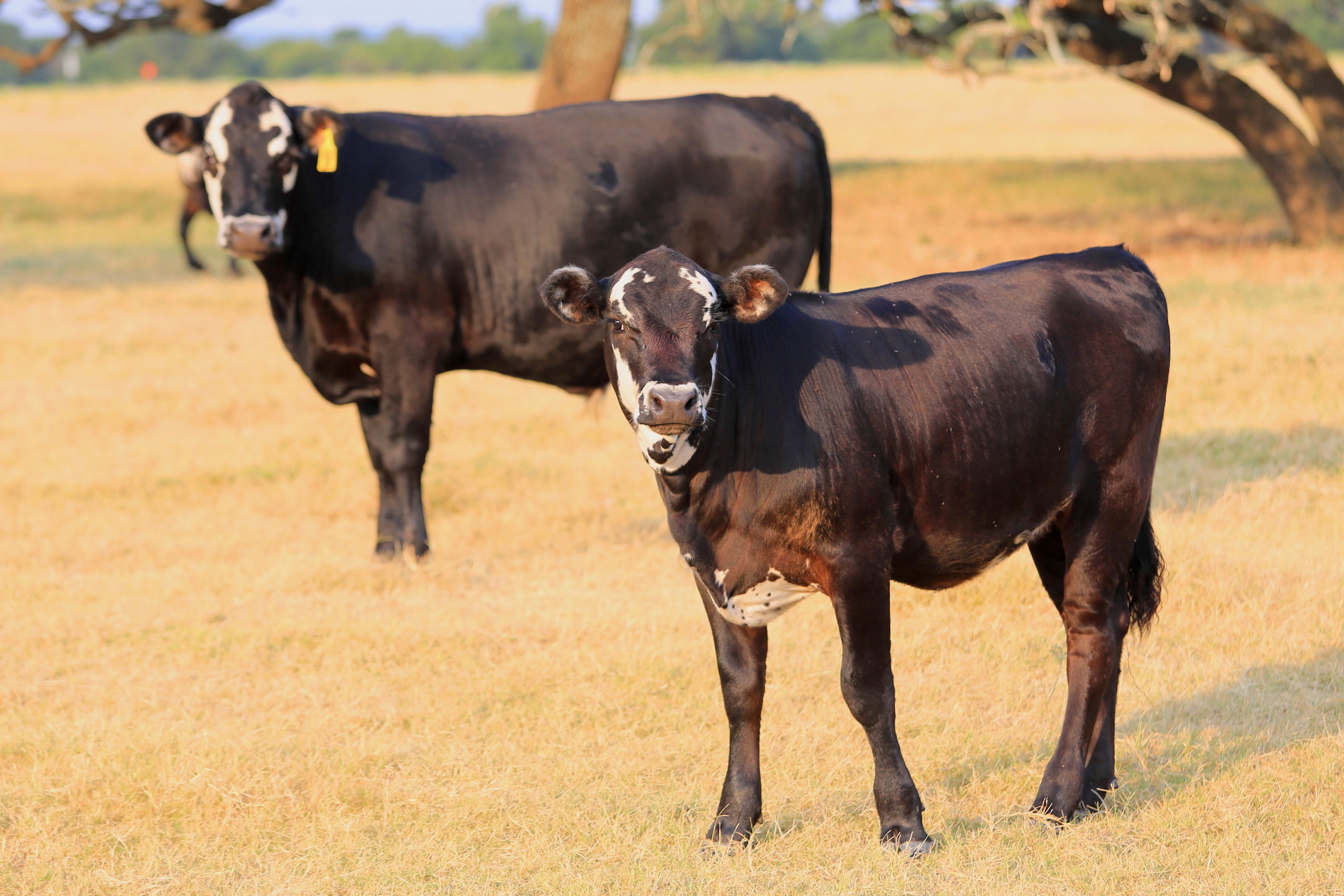Beef producers should brace for lower prices in the near term as feedlot marketing of cattle slowed during August through September.
Stan Bevers, a Texas A&M AgriLife Extension Service economist, gave an overview of the cattle market heading into 2016 at a Rebuilding the Beef Herd program at Camp Cooley Ranch in Franklin.
Bevers said feedlot operators paid higher prices for feeders going into the feedlots earlier in the year and, due to falling live cattle prices, are choosing to put more gain on them rather than buying new feeder cattle with negative breakevens.
“Cattle are staying longer in the feedlot,” Bevers said. “Typically, they stay 120 days. Now it’s 180 days and in some cases, 250 days. The cost of gain is relatively cheap. Feeder prices were well over $2 back in March, so feedlots are looking to feed them a little longer, get them bigger and avoid taking a $200 a head loss.”
On average, slaughter weights have been 1,360 pounds, but Bevers said there are reports of slaughter weights in the 1,700-pound range.
“As a result, beef tonnage is going up with these heavier weights,” Bevers said. “We’ve got about two more weeks of these big cattle. In the long term, we will likely see things ratcheting lower.”
The calf market has reacted with lower prices. Bevers said 450-pound calves that were selling for $1,250 earlier this year are now bringing $1,000.
Bevers said fed cattle could get back to the $1.45 a pound range, but not eclipse $1.60.
“Overall, you should prepare for lower prices,” Bevers said.
Boxed beef prices that were $265 in May are now $215 as a result of heavier weight fed cattle hitting the market and increasing tonnage, he said.
“It’s not just an increase in the numbers of cattle being slaughtered, but also because of the heavier weights,” he said.
Low gasoline prices have helped consumers continue to make beef purchases despite record-high retail prices, he said. Six months ago, ground beef prices were $5.50-$6 a pound.
“Energy prices have helped prevent consumers from turning away from beef,” Bevers said. “Cheaper gasoline has really helped with this high-priced beef environment.”

